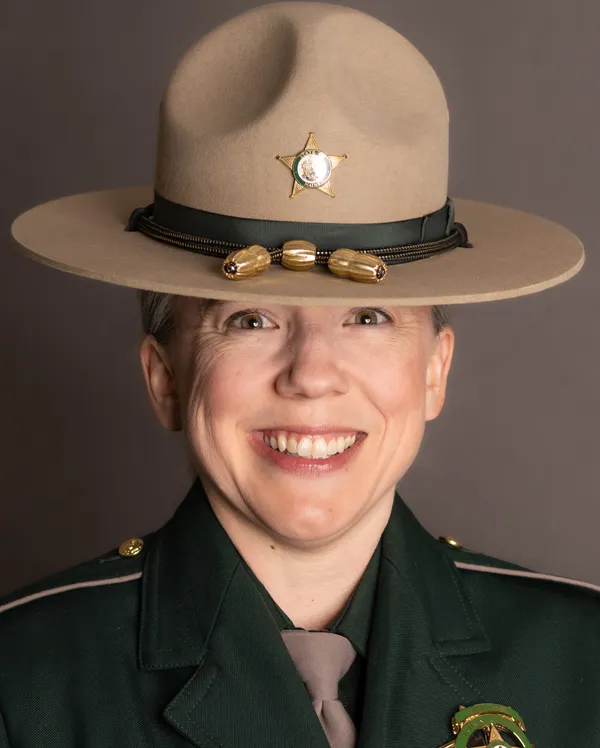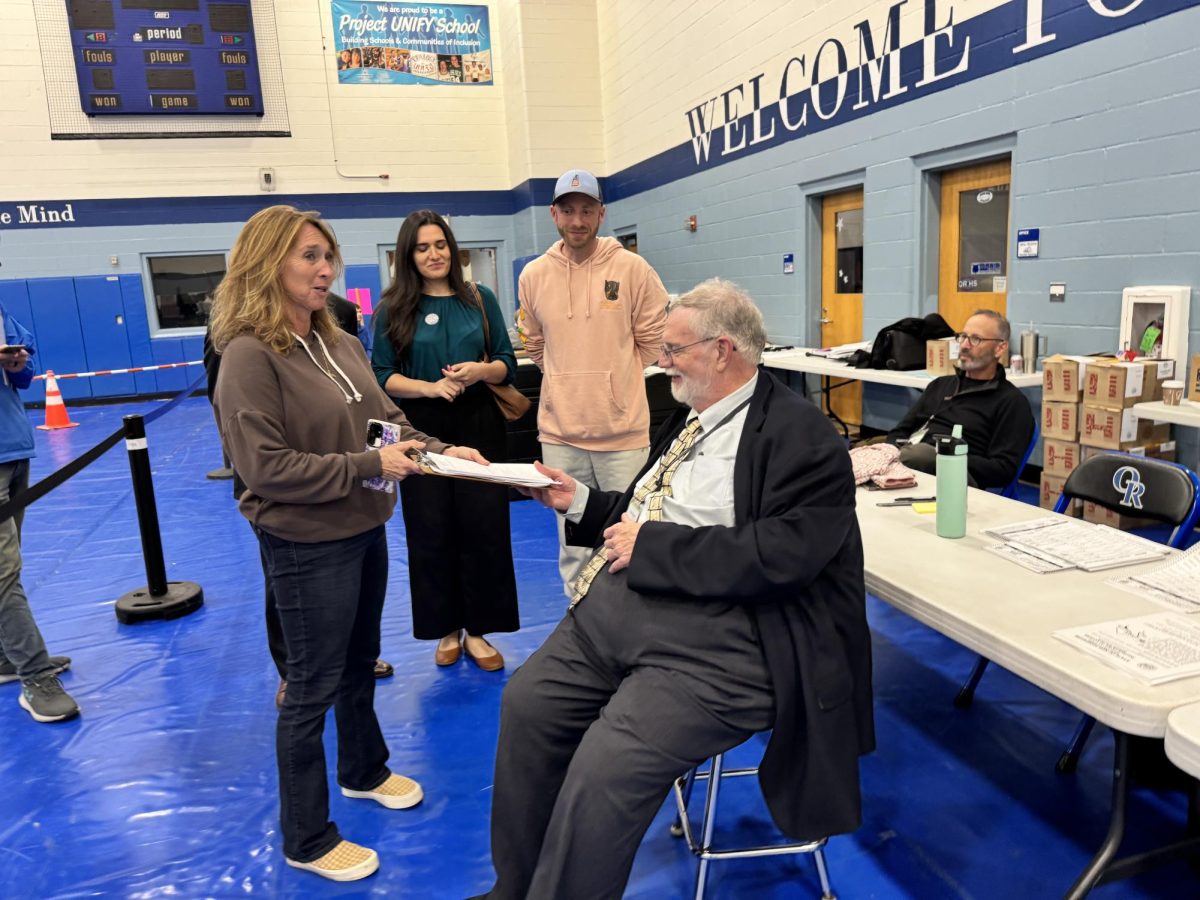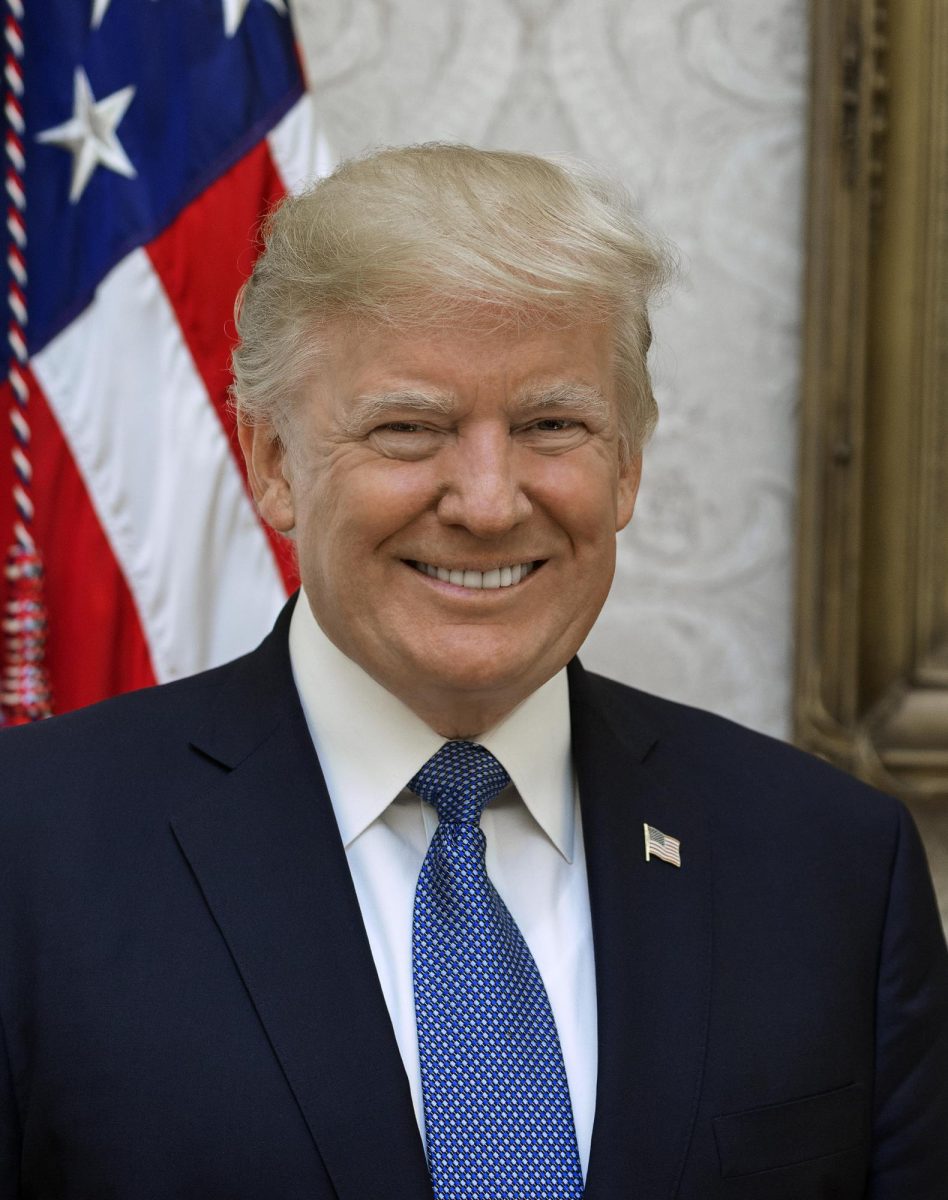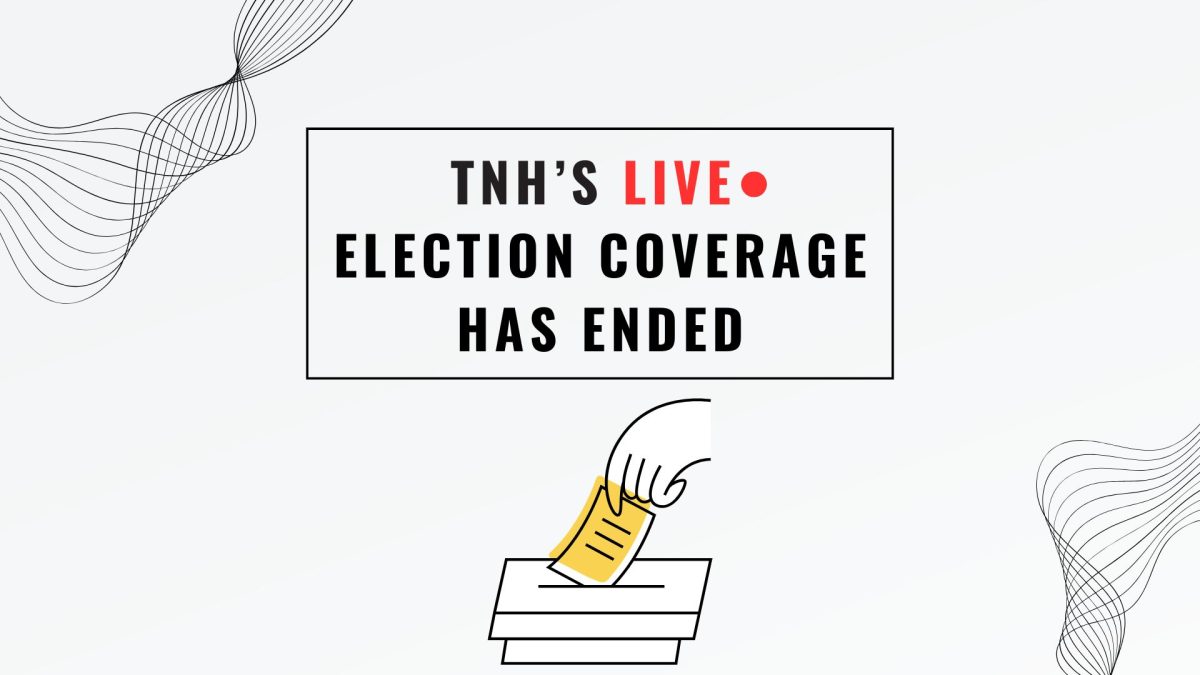A majority of Generation Z (generally considered born between 1997-2012) will be voting for the first time in this 2024 presidential election and the media coverage has been heavily catered to that demographic. There are a plethora of memes, documentaries, and the history of the candidates being constantly brought up and thrown back into the media, especially on Harris’ TikTok, Harris HQ or Trump’s X/Truth Social Account, both under the handle @realDonaldTrump.
Social media plays a big role in the November election showdown between Vice President Kamala Harris and former President Donald Trump. Especially with Gen Z voters, the use of memes in political communication creates a wider ability to reach broader audiences and influence perceptions.
The UNH Law Young Democrats are a group of advocates for progressive elected candidates and for social reform.
“Since Trump was voted out of office, the news had seemed to not cover him as much anymore, which in many ways was to his benefit leading up to this election,” said UNH Law Young Democrats President, Adam W. Foster, “I believe, though, that if the news were to not take that original break in broadcasting Trump more before securing the nomination, we may have seen a more competitive Republican primary.”
Social media is a significant influence, engaging young first-time voters through online platforms unlike ever before. An article published from CIRCLE Tufts University researchers found that “More than 8 million youth who need to be engaged will have reached voting age in 2024 since the 2022 midterms.”
This election has a new generation of involved voters in America. The Tufts article found that the newest eligible voters (ages 18-19) often vote at lower rates: 18% in 2022, compared to 24% among youth ages 20-29. Addressing these differences and inequities will require efforts to reach and engage young people across age groups, race/ethnicity, rurality, and other factors.”
The coverage of the election in the media also spans through every broadcast news station, from local to national primetime programs across the United States.
Michael Soha, a professor and senior lecturer of communication at UNH, who has researched politics, multimedia, and digital culture said, “If you listen to cable news channels… regardless of their political orientation, they call this the fire alarm voice, where every story, doesn’t matter if it’s silly or extremely serious, is said the same: very intense, hyper, like, ‘the world is ending,’…” said Soha, “that’s done just to make money, because people won’t turn it off when it’s like that, they leave it on.”
“On a daily basis, if you just open up Twitter, or you open up Facebook, you’re coming across bogus information, disinformation, misinformation, all sorts of stuff that hasn’t been vetted,” Soha said, “sometimes a lot of the bad information from social media isn’t always nefarious.”
Both Harris and Trump have been fact-checked on misinformation and disinformation, but when the fact checkers are not available it is up to voters to separate truth from fiction.
“This is always like the classic case with any politician, it’s hard to tell if someone’s intentionally lying or they just have bad information,” Soha said.
“We are seeing a surge of voter enthusiasm in younger voters, which is great to see. Younger voters are statistically less likely to vote in elections,” said Foster, “I want voters to ask themselves what freedom means to them; whether they believe in democracy and the importance of protecting it; and what they want America’s future to look like.”
The UNH Law Republicans declined to make comments for this story.
























